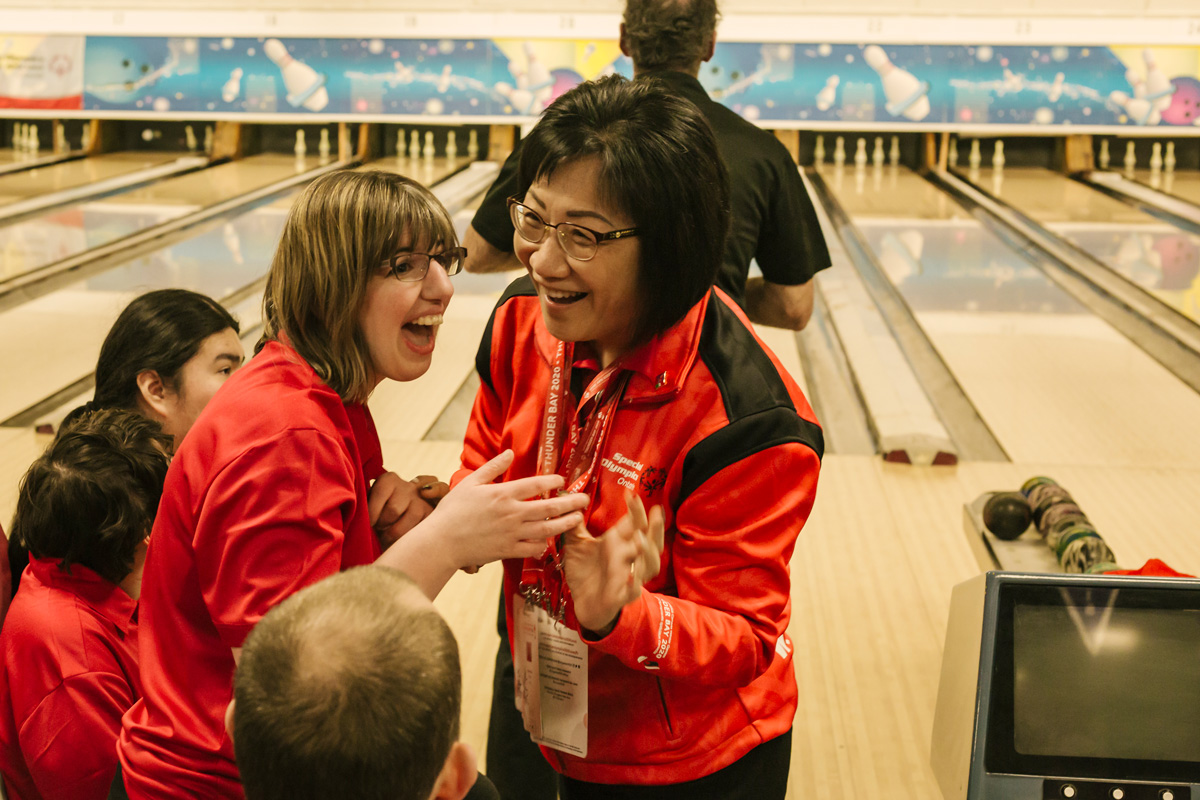Three years ago, federal, provincial and territorial ministers responsible for sport committed to gender parity in sport leadership by December 2024. A recent survey of nationally funded sport organizations shows Canada is advancing, if slowly, towards this goal.
ADRENALIN editor ANGELA KRYHUL spoke with ALLISON SANDMEYER-GRAVES, CEO, Canadian Women & Sport (CWS), about progress made to-date and why diversity beyond gender is an important part of the mix.
Gender parity in sport leadership by the end of 2024 sounds very ambitious. Is that goal achievable at this stage?
On the whole, we are making improvements towards parity on boards… but [2024 is] only two years away. So I think it would be very difficult for us to reach at the national level. Which begs the question of whether we need a new target to work towards. I think we would certainly advocate for a new date to be set so that we continue to strive towards it and that there is an accountability to it. That being said, we’re encouraged by this progress. It’s something that organizations have really had to commit themselves to.
CWS makes the point that the momentum towards parity can be easily stalled. What factors can rollback progress?
When you’re looking at senior leadership within organizations, the balance can change really quickly unless there is a commitment to maintaining it. That means setting targets and committing to them as an organization by writing them into bylaws so that [intentions] don’t just reflect the leadership of the day, but are institutionalized as the priorities for the organization.
We know that men’s availability and women’s availability can sometimes look very different, and the timing of [board] meetings and the support given to board members to attend meetings can look quite different. I think it would be a very valuable thing for us to look at in our research.
The 2022 Snapshot looks at diversity beyond gender. Why is it important to gather this data?
Our snapshot has looked at gender exclusively for a few years and only recently have we started looking at that intersectionality with other social identities that can really impact a person’s ability and opportunities to participate. I think this analysis is really valuable because, as we advance women in leadership and decision-making roles, there is always the risk that this work will benefit white women and women with privilege, primarily or exclusively.
And while advancing women’s voices and input at the decision-making table is a win, if it only results in predominantly white women’s voices, then we are absolutely missing out. BIPOC women, women with disabilities, LGBTQI2S women, newcomer women, and so on, aren’t well represented. We need to push our thinking beyond gender. This was our second attempt to really start to look at this and to understand just where we’re at.
We know that changes don’t just happen by accident, particularly in the sports system, which has not been historically inclusive. Ultimately I think it is a benefit to organizations to have diverse perspectives around the decision-making table. I think it’s really important for us to be talking to groups that aren’t currently represented and to get a sense from them about why they may or may not be interested in being part of the organization.
Create a gender equity plan using CW/s Same Game tool kit here.
Research shows that at least 30% of leadership positions must be held by women to realize the benefits of diverse perspectives.
2022 SNAPSHOT
BOARD REPRESENTATION
National Sport Organization (NSO); Multisport Service Organization (MSO); Canadian Sport Institute (CSI)
BOARD MEMBERSHIP
Overall
41% of board members are women
Up 2 points from 2021
NSOs
38% women
Up 3 points from 2021
MSOs
49% women
Up 2 points from 2021
CSIs
41% women
Down 6 points from 2021
BOARD LEADERSHIP
Overall
38% of board chairs are women
Up 10 points from 2021
NSOs
39% have a woman chair
Up 11 points from 2021
MSOs
32% have a woman chair
Up 14 points from 2021
CSIs
43% have a woman chair
Down 14 points from 2021
Staff Leadership
Overall
47% of CEOs are women
Up 5 points from 2021
NSOs
43% of CEOs are women
Up 5 points from 2021
MSOs
62% of CEOs are women
Up 5 points from 2021
CSIs
29% of CEOs are women
No change from 2021
Sport is ahead of corporate Canada, with women holding 49% of executive leadership positions at national sport versus just 18% for TSX-listed companies and Canadian Business Corporations Act corporations subject to disclosure requirements
Diversity Beyond Gender
Nearly half of the organizations surveyed asked their employees and board directors to self-report demographic information. CWS recognizes that while the data collected may not be an exact measure of representation on boards beyond gender, the information suggests that sport is not representative of the Canadian population when looking at race and disability.
People who identify as Black, Indigenous or Person of Colour (BIPOC) or belonging to a community marginalized by society
11% of all board members
14% of women board members
8% of all senior staff
9% of women senior staff
People who have a visible disability
3% of all board members
3% of women board members
2% of all senior staff
2% of women senior staff
Originally published in the ADRENALIN Spring 2022 issue.



